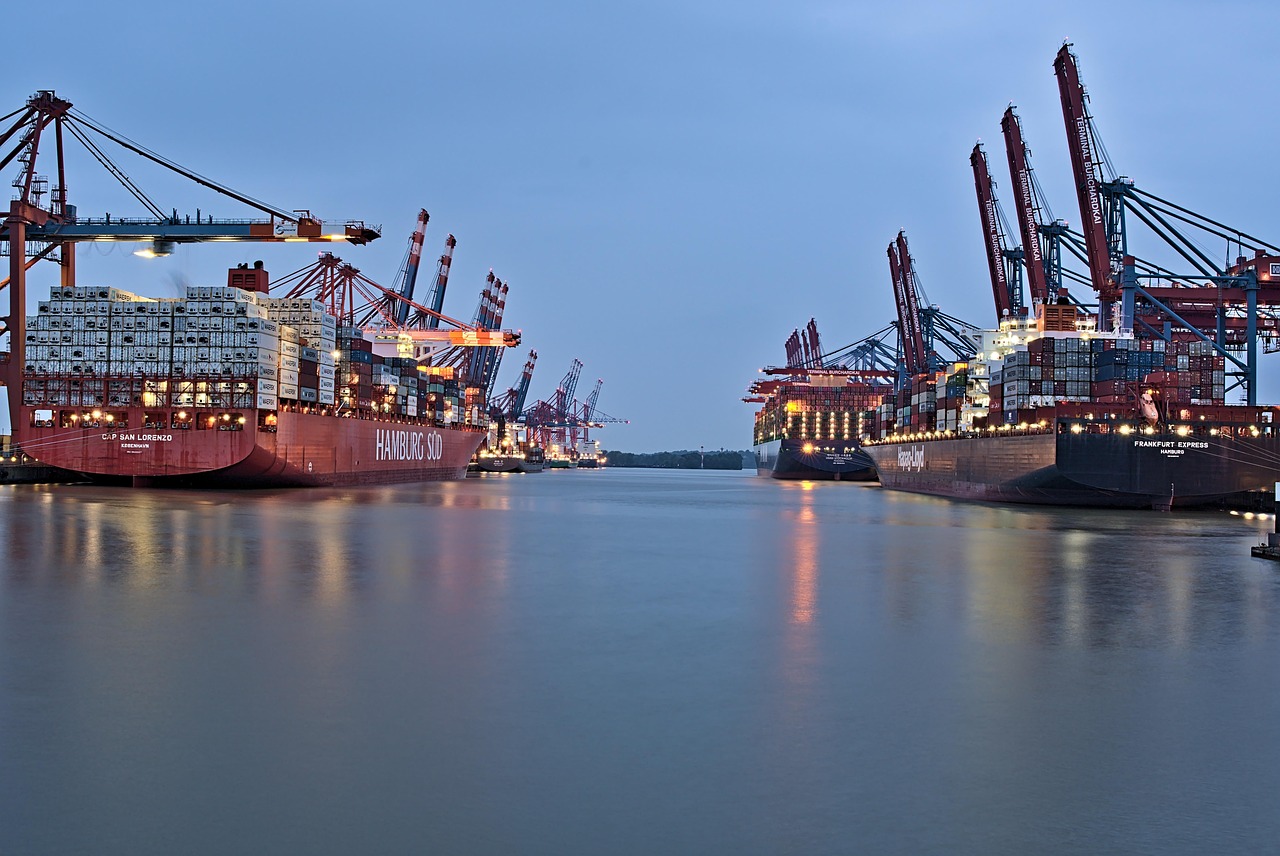
Understanding The EU US Trade Agreement Delay
The European Union remains in a state of uncertainty as talks for a trade agreement with the United States continue without a clear deadline. Originally, the aim was to finalize a framework by July 9, 2025, coinciding with the expiration of a temporary pause on reciprocal tariffs imposed by U. S. President Donald Trump. However, this deadline has passed without a formal agreement. Trump has indicated that a deal or at least a decision on tariffs might still come this week, showing some optimism despite the delay. This limbo leaves stakeholders on both sides waiting for clarity on trade terms that affect billions in commerce annually.
Assessing Trump’s Role In Trade Negotiations
President Donald Trump’s approach to the EU trade talks has been notably tough but recently more conciliatory. Previously critical of what he viewed as unfair trade practices by Brussels, Trump acknowledged improved communication, saying the EU now treats the U. S. “very nicely, ” contrasting with past tensions. His administration has sent letters to 14 countries outlining new tariff rates and expanded punitive duties to at least seven more countries, including a 50% tariff on Brazil. Yet, the EU has not received such a letter, hinting at a possible special status or ongoing negotiation. Trump’s evolving tone signals a strategic stance that mixes pressure with openness to deals, impacting the pace and substance of negotiations.

Evaluating The Economic Stakes For The EU And US
Trade between the EU and the United States totaled approximately 1.68 trillion euros ($1.97 trillion) in 2024, covering both goods and services. The EU posted a surplus in goods trade but faced a deficit in services, resulting in an overall surplus near 50 billion euros. This complex balance shapes both parties’ bargaining positions. U. S. Commerce Secretary Howard Lutnick emphasized that the EU has made significant offers, including opening markets to American farmers, ranchers, and fishermen. This suggests the U. S. seeks to reduce barriers to agricultural and service exports, which are key sectors for American entrepreneurs. The economic stakes are high, with tariffs directly affecting trade volumes and prices.

Comparing Tariff Proposals And Their Impact
The EU is expected to accept a baseline tariff of around 10%, a figure much lower than the 50% tariff President Trump has previously demanded. This 10% tariff, while potentially burdensome, is seen as a compromise reflecting the complex political and economic dynamics. Experts like Peter Chase of the German Marshall Fund point out that tariffs ultimately affect importers, meaning American consumers would bear most of the cost of these duties. For example, if the EU imposes a 10% tariff while Korea has a 25% tariff, American businesses importing from Korea pay more than those importing from Europe. This nuance suggests that European firms might absorb or pass on costs differently, but American customers’ prices will be influenced directly.

Monitoring EU Leadership’s Cautious Response
European Commission President Ursula von der Leyen has responded cautiously to the evolving situation. She emphasized the EU’s commitment to its principles and interests while maintaining good faith negotiations and preparing for all possible outcomes. This measured stance reflects the EU’s desire to avoid rushing into an agreement that could compromise long-term trade goals or sovereignty. Von der Leyen’s approach signals that while the EU is open to compromise, it remains vigilant against unfavorable terms, balancing diplomacy with strategic resilience.
Engaging In The Trade Debate Effectively
To engage in the ongoing EU-US trade conversation, consider these action steps: First, follow official announcements closely, especially statements from President Trump, the European Commission, and the U. S. Commerce Department, to stay updated on tariff changes and deal progress. Second, analyze the economic data such as trade volumes and tariff rates, since these figures reveal the tangible impact on businesses and consumers. Third, understand the perspectives of both sides—recognize that while the U. S. pushes for market access, the EU seeks to protect industries and maintain trade balance. Finally, evaluate the broader geopolitical context, including how tariffs on other countries like Brazil might influence negotiations with the EU. This multi-angle approach fosters an informed and balanced debate on the trade agreement’s future.

Preparing For All Possible Trade Outcomes
Given the current uncertainty, stakeholders should prepare for various scenarios. Businesses should assess how a 10% tariff baseline or higher punitive tariffs might affect supply chains and pricing strategies. Policymakers and analysts must consider the potential for escalations or exemptions that could reshape trade flows. Consumers should be aware that tariffs may increase costs for imported goods, influencing purchasing decisions. Monitoring diplomatic signals and economic indicators will be crucial in anticipating shifts. By staying proactive and informed, all parties can better navigate the complexities of the EU-US trade negotiations in this critical period.



